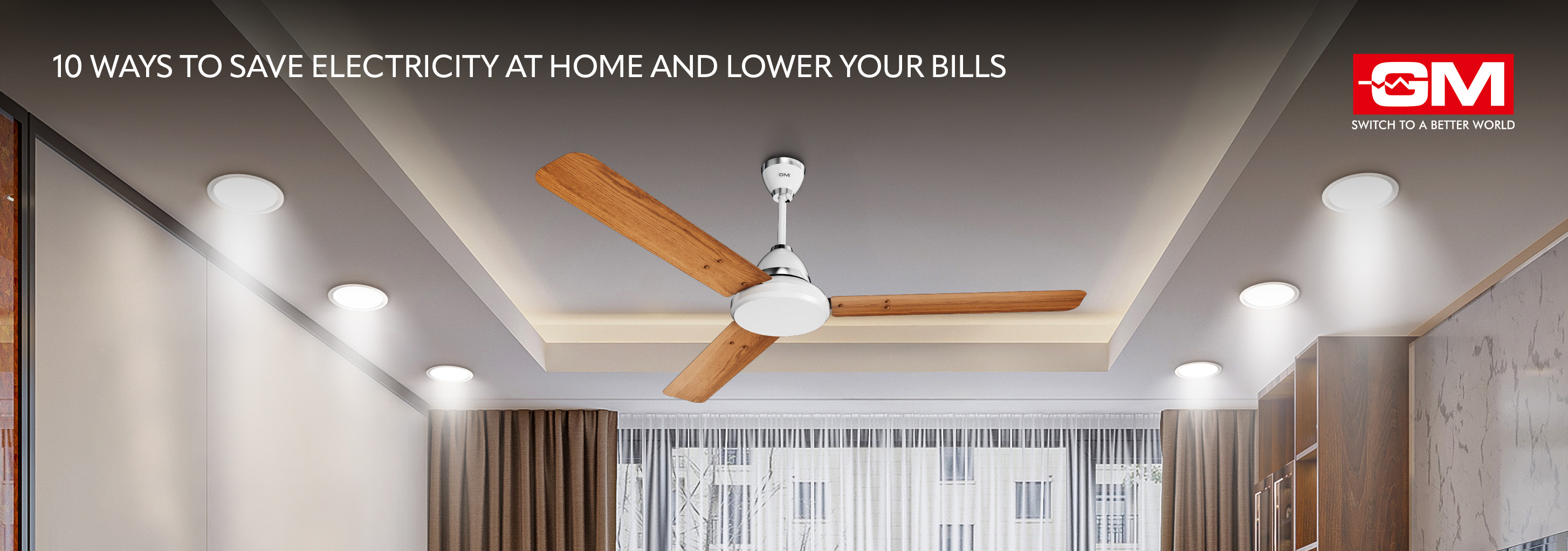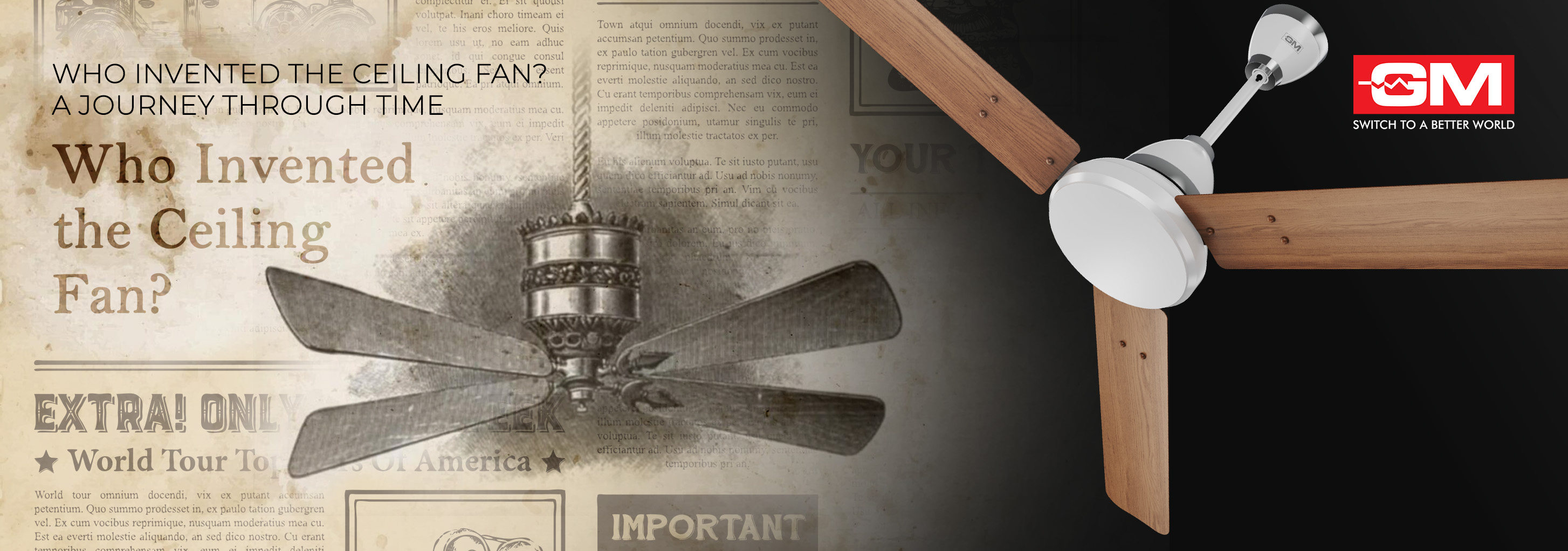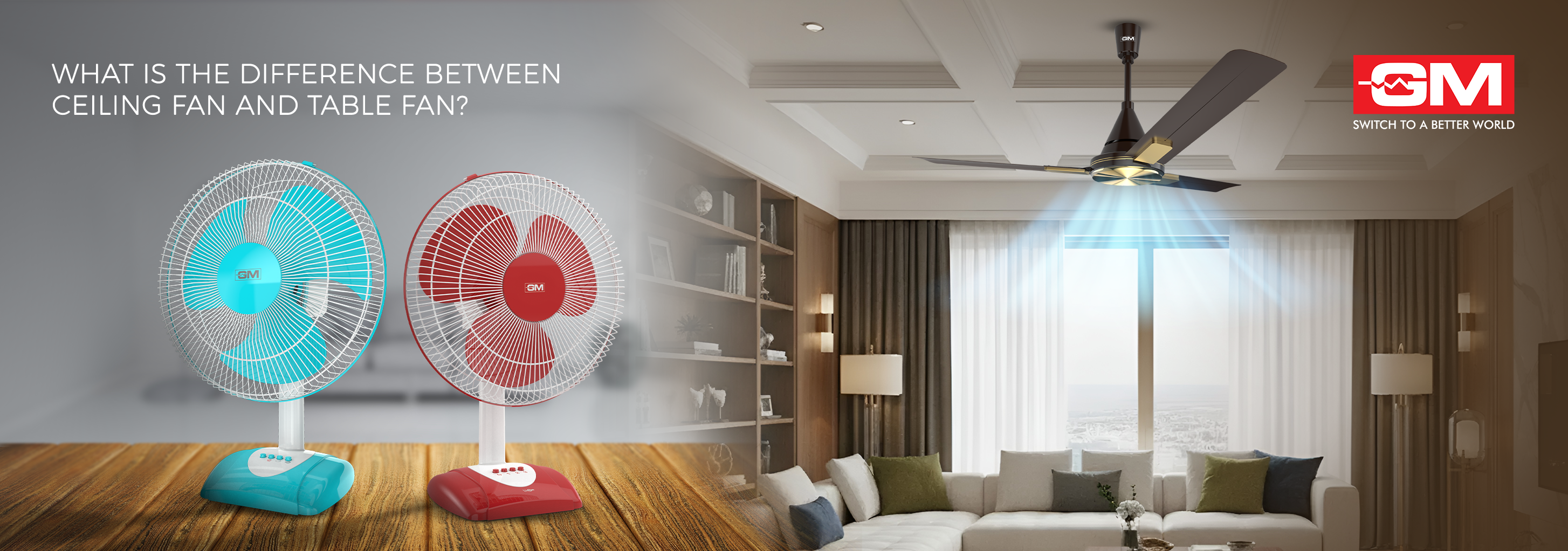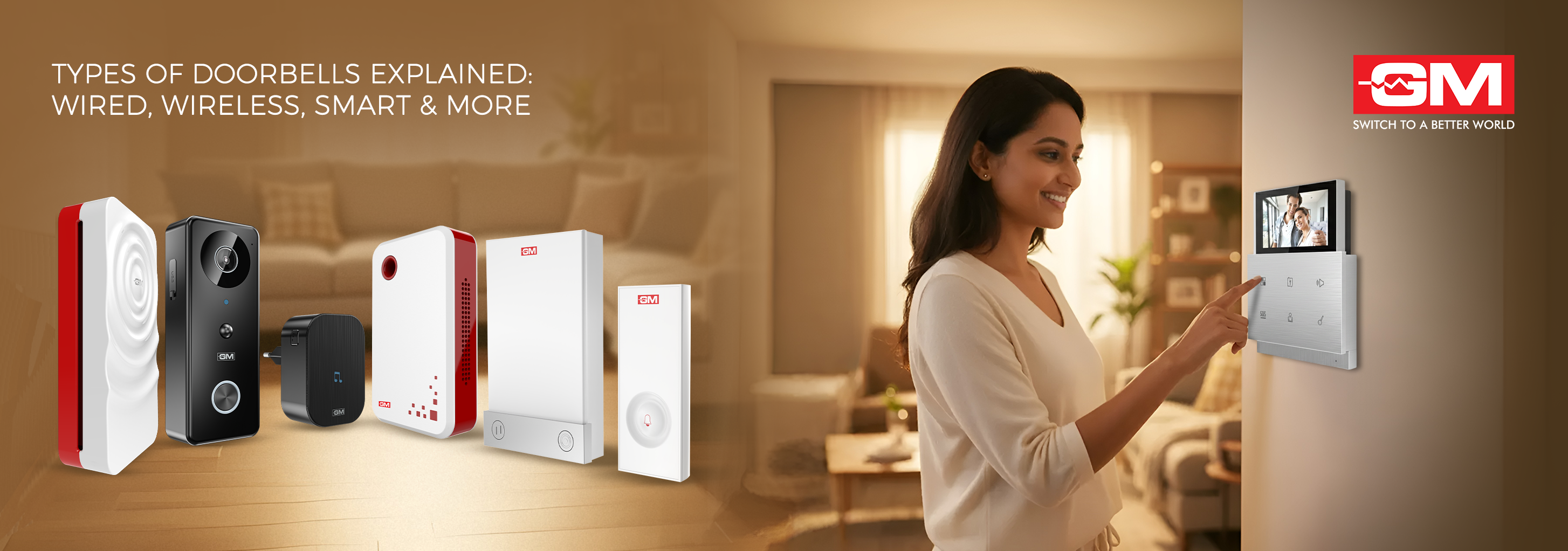Blog
10 Ways to Save Electricity at Home and Lower Your Bills
Updated on Jul 2025

Every household in urban localities and metropolitan areas has a common concern: how to save electricity at home. The average electricity bill amount in Indian homes varies between Rs 2000 to Rs 5000. Rising electricity bills are worrisome for every individual, and almost everyone seeks a few hacks and ways to save electricity at home. The increased demand for home appliances, the growing number of smart devices, and inefficient usage habits result in higher energy consumption and, subsequently, higher electricity bills.
However, trying to save electricity at home doesn’t mean that you will sacrifice your comfort or convenience. With new technology constantly being integrated into home appliance systems, it is easier than ever to save money on electricity at home and live a better lifestyle. Let’s take a closer look at the top 10 ways to save electricity at home while keeping your living space comfortable and efficient.
How to Save Electricity at Home- 10 Ways
Understanding how to save electricity at home is a smart step towards a sustainable and cost-effective lifestyle. By making small yet practical changes to your energy usage habits, it is possible to significantly lower the electricity consumption at home and thus reduce the amount of electricity bills.
1. Upgrade to Energy Efficient Lighting Infrastructure
This is one of the easiest ways to start with how to save electricity at home. Traditional incandescent light bulbs are known to consume more power and hence lead to higher electrical costs. LED lights consume almost 80% less energy than traditional bulbs, thus reducing the electricity cost. Besides, the LED bulbs last longer and generate less heat, enhancing the living experience in your home.
Explore GM Modular’s wide range of energy-efficient LED lights that blend great performance with attractive design, perfect for every corner of your home.
2. Unplug Devices When Not in Use
It is common to leave certain electrical appliances plugged into the connection board, even when no one is using them. For example, devices such as chargers, televisions, microwaves, etc. tend to draw in phantom power while in standby mode, which adds up over time, resulting in significant energy consumption at the end of the month.
How to conserve electricity in such instances? Make a habit of unplugging appliances that are not in use, or use a power strip to turn off multiple devices at once.
3. Use Smart Energy Meters to Measure Electricity Consumption Precisely
Wi-Fi enabled smart meters accurately measure the power consumption of a residential space and also offer real-time consumption trends. It helps you to analyse which devices consume the highest amount of electricity at a particular time of the day.
A smart energy meter also informs you about potential electricity leaks, something that often goes unnoticed with traditional meters. Saving any potential power leaks can encourage you to substantially save electricity at home.
4. Switch to Solar Energy Wherever Possible
Buyers often wonder whether solar panels are beneficial for large scale households or commercial spaces. While it is true that installing solar panels may not be feasible for every home, even small scale adoption of solar panels, either in your balcony, garden, or terrace, can drastically cut the burden on electricity usage. For example, you can install solar panels to provide electricity for appliances like solar water heaters or lights that run on solar power.
When upgrading to suit your new lifestyle or learning how to save electricity at home, explore the choice of setting up an energy-efficient infrastructure that smoothly integrates renewable energy resources.
5. Use Fans Smartly
Ceiling fans are the most commonly used appliances in Indian households, especially in summer. Traditional ceiling fans have induction motors that tend to draw in more electricity. However, relying on energy-efficient, BLDC technology powered fans can lower energy consumption by 60% compared to traditional ceiling fans.
Besides, BLDC fans also offer additional functionalities like a remote control for conveniently switching the fan off/on without moving from your place. Installing BLDC ceiling fans from GM Modular can be a crucial step in knowing how to save electricity without compromising on your convenience.
6. Choose Electrical Appliances With a 5-Star BEE Rating
BEE stands for Bureau of Energy Efficiency, which allows manufacturers to define their electrical appliances’ energy efficiency. When looking for new home appliances, look for the long term value beyond the price tag. Check the BEE rating of the appliance. The higher the energy efficiency rating of the appliance, the lower would be the energy consumption, thus helping you save electricity at home.
Therefore, it is recommended to choose electric appliances with a 5-star BEE rating that might cost a little more initially but lead to substantial electricity bill savings over the long term.
7. Make the Most of Natural Light and Ventilation
Saving electricity power consumption at home becomes easy if you leverage natural daylight and air ventilation. If your home allows, open the curtains during the day and make the most of the cross-ventilation system to keep your home cool.
This approach results in reduced usage of lights and fans during the day, which directly impacts the power consumption of your home and leads to lower electricity bills.
8. Limit AC Power Consumption at 24 Degrees
Using Air conditioners at temperatures lower than 21 degrees is common in Indian households, especially during the scorching heat of summer. However, to know how to save electricity at home, make a habit of using the AC at 24 degrees for most of the time. Start with 20 or 21 degrees while you switch on the AC, but once the room gets relatively cooler, increase the temperature to 24 degrees for optimum use of electricity. Close all doors and windows for maximum cooling impact without needing to lower the temperature again.
Cultivating the habit of operating air conditioners at 24 degrees at all times ensures there is no increased power consumption and hence encourages homeowners to know how to conserve electricity with simple hacks.
9. Regularly Maintain Home Appliances for Their Optimal Functioning
Simply using electrical appliances without taking the time to invest in their maintenance can result in lower performance, less efficiency, and higher electricity bills. Regular servicing and maintenance help to keep them efficient while protecting their shelf life. Consistently investing in regular maintenance of any electrical appliance is one of the best ways to save electricity at home.
For instance, regularly servicing your air conditioner filters and removing the old wiring ensures a smooth, dust-free operation while keeping the power consumption under control.
10. Automate or Schedule Appliance Usage
Automation is no longer just a luxury. Smart switches, motion sensors, and programmable timers allow you to control when appliances turn on and how long they stay on. Automating the usage of electrical appliances avoids any unnecessary wastage of power, especially in your absence.
Enjoy the true comfort of living in your elegant home with GM Modular’s Home Automation solutions that offer smart lights, smart speakers, smart curtains, and many more.
Saving electricity at home is not a one-time effort, but a continuous habit built through daily smart choices and awareness. From upgrading to efficient appliances and fans to automating routine functions, each step adds up to reduce your energy footprint and achieve the goal of conserving electricity. In a time where every watt counts, making energy-smart decisions is not just good for your finances but also the environment. Start small, stay consistent, and notice a significant drop in your electricity bills in no time.
Frequently Asked Questions
1. Can ceiling fans help save electricity?
A. Yes. Ceiling fans with traditional induction motors draw in higher power for their optimal functioning. Whereas, ceiling fans with BLDC motors are built for high performance while consuming less power, thus saving considerably on electricity bills.
2. How can I save power at home?
A. Implement the 10 ways to save electricity at home, such as unplugging electrical devices, using home automation systems, installing solar panels wherever possible, etc., and you will soon end up with significant power savings in your home.
3. Which devices are known to use the most electricity at home?
A. Power intensive devices that draw a lot of electricity include air conditioners, refrigerators, geysers, heaters, and televisions. However, their electricity consumption also depends on their usage pattern. For example, if the TV is switched on only for an hour a day, while keeping it unplugged for the rest of the day, it won’t consume significant electricity.
4. How can I save electricity daily?
A. Turn off the lights or fans when not required, unplug chargers and appliances when not in use, rely on natural lighting during the day and evenings, and have 5 star BEE rating appliances in your home. These small, actionable steps can help reduce the daily power consumption in your home, thus saving on electricity bills over time.
Related Blogs

Who Invented the Ceiling Fan? A Journey Through Time
Ceiling fans are a quiet yet transformative part of life at home, offering comfort, style, and energy savings all year round. But not many of us know about the invention of the ceiling fan and how this humble device revolutionised modern living. To a
Read More
What is the Difference Between a Ceiling Fan and a Table Fan?
Fans are easy to use and save energy, so most people use them to keep a room cool and comfortable. But before you buy one, you should know what makes a ceiling fan different from a table fan. They both move air, but they do it in very different ways
Read More
Types of Doorbells Explained: Wired, Wireless, Smart, and More
A doorbell is one of the most important parts of a home or office, but it's also one of the most common things that people forget about. It not only lets visitors know you're home, but it also makes your space more convenient, safe, and stylish. The
Read More
How to Use a Steam Iron Safely and Effectively?
No matter if you're going to work, a meeting, or a party, wearing a crisp, wrinkle-free outfit can boost your confidence right away. But you need to know how to use a steam iron correctly to get that perfect finish. A steam iron isn't just another ap
Read More